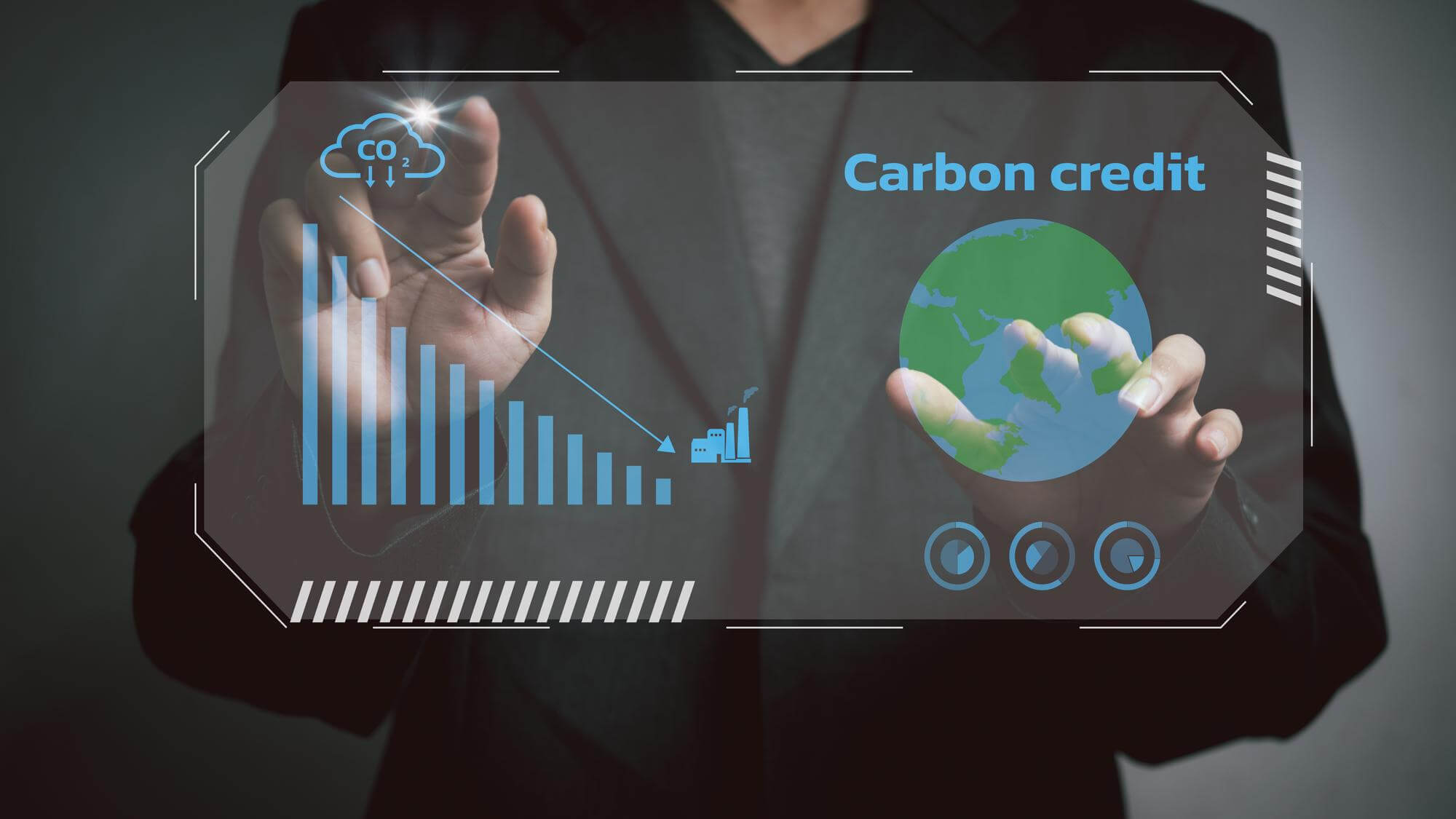
The term carbon credit refers to the value assigned to the reduction, avoidance, or capture of greenhouse gas (GHG) emissions achieved through a certified project. Carbon credits are tradable units, and one carbon credit is equivalent to one metric ton of carbon dioxide equivalent (CO2e).
Carbon credits are a way to incentivize businesses and individuals to reduce their greenhouse gas emissions by creating a market for these emissions reductions. Businesses, organizations, or individuals can use them to offset their carbon footprint by financially supporting activities that reduce or sequester GHGs while providing sustainable development benefits.
Several types of carbon credits can be used to offset greenhouse gas emissions, including VERs (Voluntary Emission Reductions) and CERs (Certified Emission Reductions).
- Voluntary carbon credits are carbon credits that are not required by law or regulation but are instead purchased voluntarily by businesses and individuals as a way to offset their greenhouse gas emissions.
These credits are often purchased as a part of the company’s strategy to tackle the climate change crisis and as a way to fulfill their commitments to mitigate their negative environmental impact, in which a company seeks to offset the emissions associated with its operations or products to reduce its overall carbon footprint. Voluntary carbon credits may also be purchased by individuals looking to offset their emissions, such as those generated by air travel or energy use in their homes.
- CERs, on the other hand, are carbon credits that are generated through mandatory initiatives, such as those established under the United Nations Framework Convention on Climate Change (UNFCCC) and the Kyoto Protocol. CERs are typically awarded to projects that reduce greenhouse gas emissions in developing countries and can be traded on compliance markets.
Voluntary carbon credits are typically created through projects that reduce or remove greenhouse gases from the atmosphere, such as reforestation or renewable energy projects. These credits are then sold to businesses or individuals that want to offset their emissions.